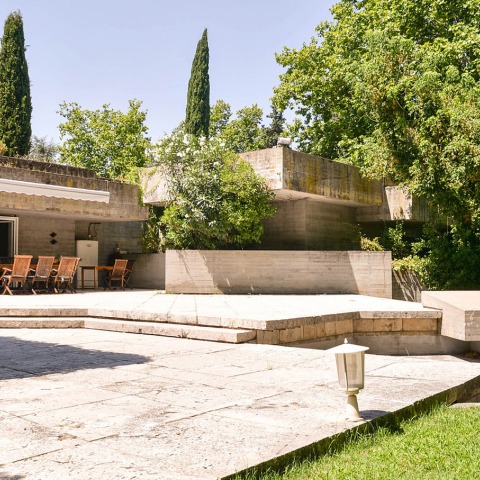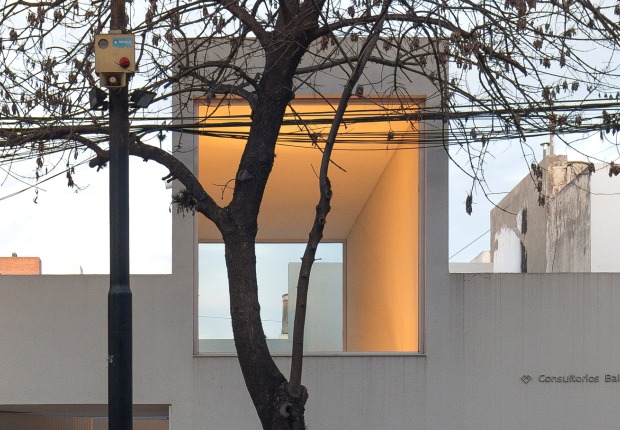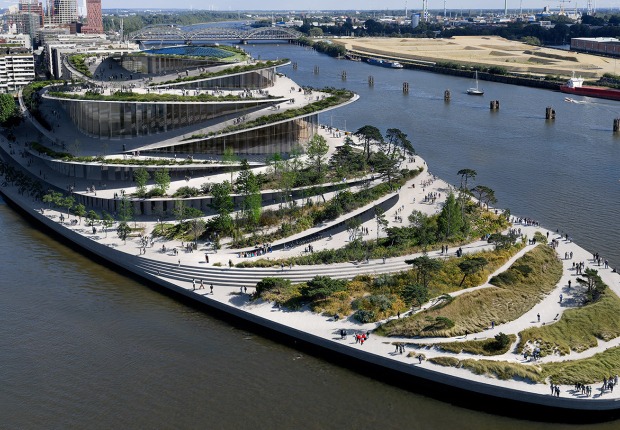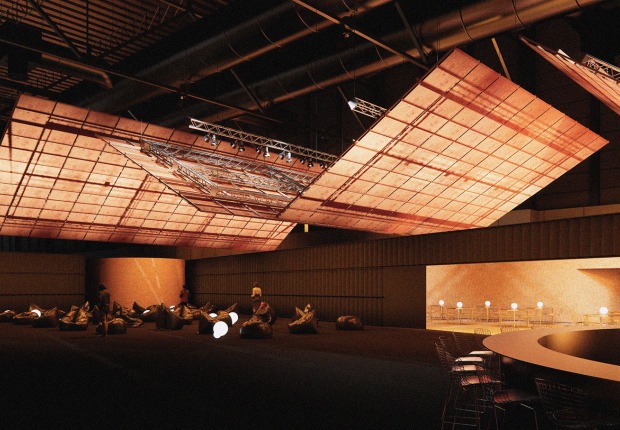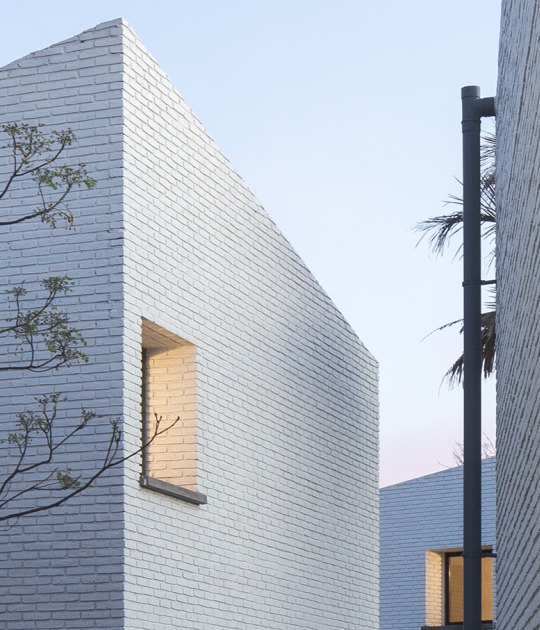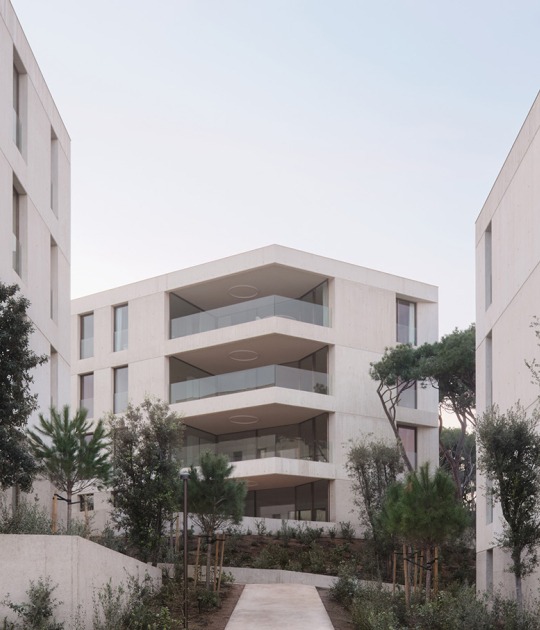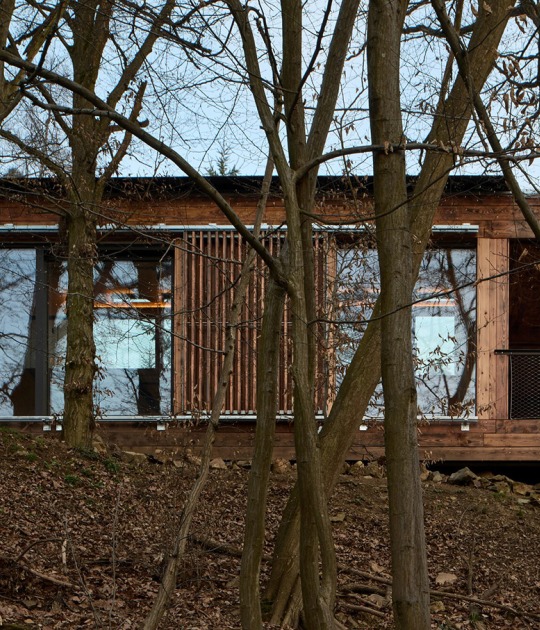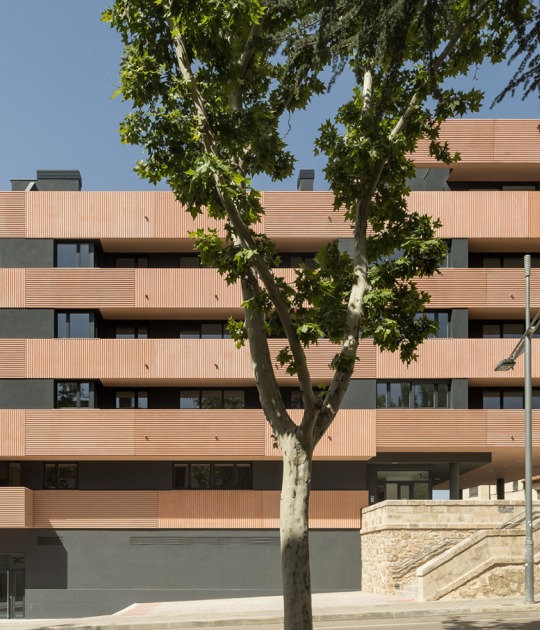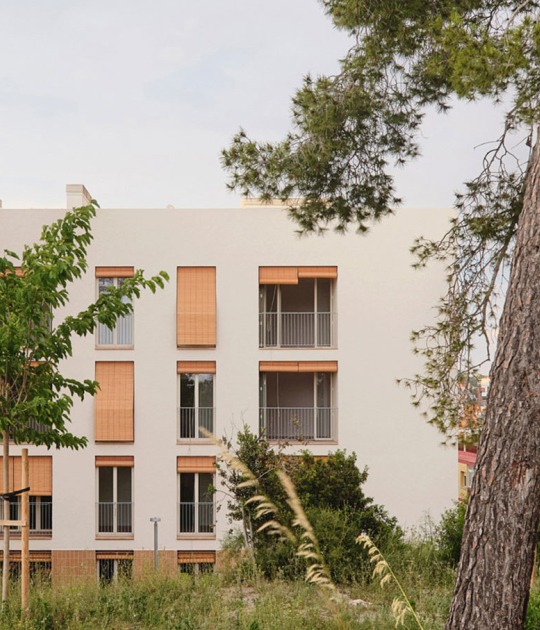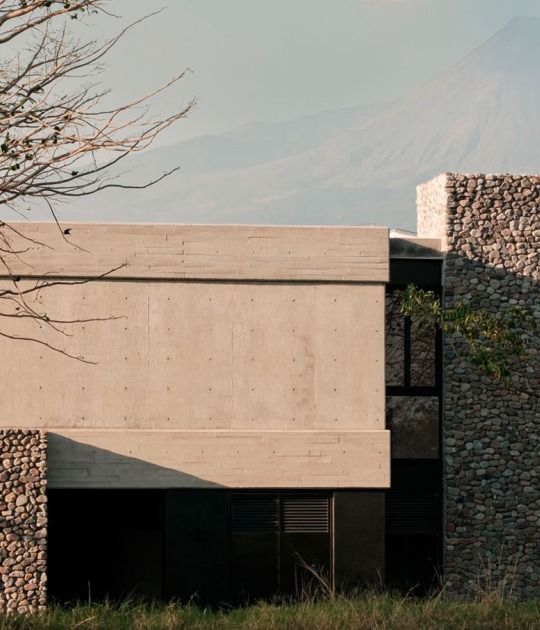The house that was inspired by the Alhambra in Granada, as a representative building of Spanish culture, has a very special layout. The rooms with unusual layout lead to living rooms that reveal the bedrooms.
The house is built around two interior courtyards that articulate the flow of the house in the shape of an 8, this generates a particular way of life that allows communication through different approaches and distances.
The whole house is covered by nature and has transformed over time from a sculpture to a container of an Eden, with sound to nature and water.
Influenced by F.L. Wright and Scarpa, the master's work is a unique and unforgettable journey that won the 1969 Fritz Schumacher Prize for Architecture for being recognized as the most enigmatic work of the moment.
On the other hand, the one-level house is built on a slope on three platforms that stick to the surface of the land. This is how the house is built for and with the land adapts. There are small slopes of 2 or 3 steps that at the same time delimit the spaces and mark the change of program. The house is divided into 4 zones; that of adults, that of children, the service areas, and common areas.
The patios and large windows with a very wide roof, make sure that there is always a soft and changing light in the house while allowing the observer to be attentive to nature and its change of seasons.
The garden and the flow of water in its fountains, as well as some invitations in the house to that double possibility of movement in each room, leads us to the sensations of the Alhambra at times.
Currently one of its inhabitants Cristina Rodríguez de Acuña Martínez published the book “cross looks. LA CASA CARVAJAL ”in which she presents a double look that crosses the interesting point of view of illustrious architects such as Alberto Campo Baeza, Vicens, Del Val, Eduardo Delgado Orusco; with the observation of the inhabitant who travels through time transforming her gaze.
-History of the house
Artists and various personalities have lived or worked in it, firstly Javier Carvajal who lived there for 10 years, but also the one who was his wife and writer Blanca García Valdecasas with the Fastenrath prize from the Royal Spanish Academy.
Antonio Saura made the movie La Madriguera en la casa, wherein the credits the house appeared as another actor in the film. The Chilean ambassador who also inhabited it was Enrique Campos Menendez, Chilean National Prize for Literature.
Currently, the Community of Madrid has proposed to the inhabitants that it be declared an Asset of Cultural Interest (BIC) as a Spanish Heritage Monument for being one of the most representative houses of the time in Spain.
